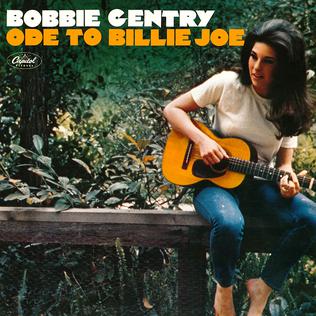Last updated August 29, 2018.
|
Quintet for piano, violin, viola, cello & double bass in A major ("Trout"), D. 667 (Op. posth. 114)Franz Schubert (composer)Composed: 1819 Filmed for Documentary: August 30, 1969 Sales: -- Peak: -- |
|
Quotable: -- |
Average Duration: 35:42
|
Review: “In the summer of 1819, Schubert traveled with the famous baritone Johann Michael Vogl to the river town of Steyr, where there was an abundance of musical activity. Schubert and Vogl’s performance of the some of the composer’s songs – especially Erlkönig (Schubert himself taking the part of the father!) and Die Forelle (The Trout) – attracted the notice of Sylvester Paumgartner, a wealthy mining executive and an accomplished cellist, who then commissioned Schubert to write a quintet based on ‘The Trout’ (and perhaps patterned after a work by Hummel that he had in his collection). The resulting ‘Trout’ quintet – scored for the unusual combination of piano, violin, viola, violoncello, and double bass – has become one of Schubert’s more enduring chamber works, and it is typical of his early style. A notable feature is the integration of the piano part into the musical texture, on equal terms with those of the string players. In his own writing, Schubert referred to typical piano music as "damnable thumping" and insists in this work, as in his others, that it behave as an orderly and equal member of an ensemble.” AMG “The first movement is disproportionately long at 13 minutes, nearly a third of the length of the entire five-movement work. It is a joyful movement in sonata-allegro form, propelled forward by piano arpeggios and triplet figures in the strings. A lyrical andante follows, sweetly expressive in the minor mode, and avoiding any sense of melancholy. It features three themes, one of which allows for an extended piano solo.” AMG “The brief third movement, a presto, begins aggressively but becomes a sort of ‘dance poem’ containing Austrian folk tunes. The rhythmic impetus is unflagging.” AMG “This leads to the work’s signature movement, the theme and variations on ‘Die Forelle (The Trout).’ Potentially tedious, the theme and variations form is ingenious and satisfying in Schubert’s hands – each variation is both individually engaging and integral to the whole. As in the first movement, the piano is thoroughly intermingled with the strings and the resulting sound is nearly symphonic (an exception to this is the third variation, which is a swirling piano cascade with subdued string accompaniment).” AMG “The final movement is simple and light with a swirling, almost ‘gypsy’ sound that can be reminiscent of Dvorák at times. Like the third and fourth movements, the last seems to be broken into smaller units, in the style of a set of dances. Although he had already written 11 string quartets by the time of the ‘Trout’ Quintet, this composition represents Schubert’s first truly significant chamber work. His ability to blend and balance this combination of instruments seems instinctive and the piece is rightly considered one of his most popular and best early works.” AMG No dates were found for a premiere performance, but a documentary, The Trout, captured five musicians – Daniel Barenboim (piano), Itzhak Perlman (violin), Pinchas Zukerman (viola), Jacqueline du Pré (cello) and Zubin Mehta (double bass) – coming together to play the famed quintet on August 30, 1969. The Guardian called it “one of the best-loved and most successful classical music documentaries ever made.” CN Review Source(s):
|









